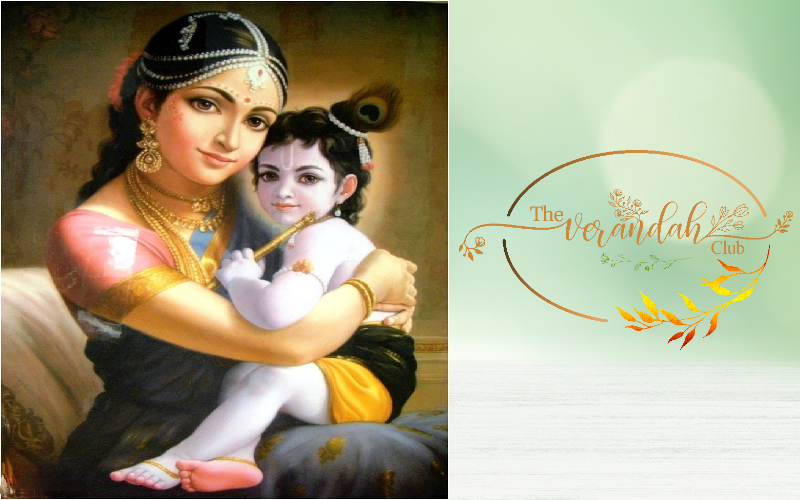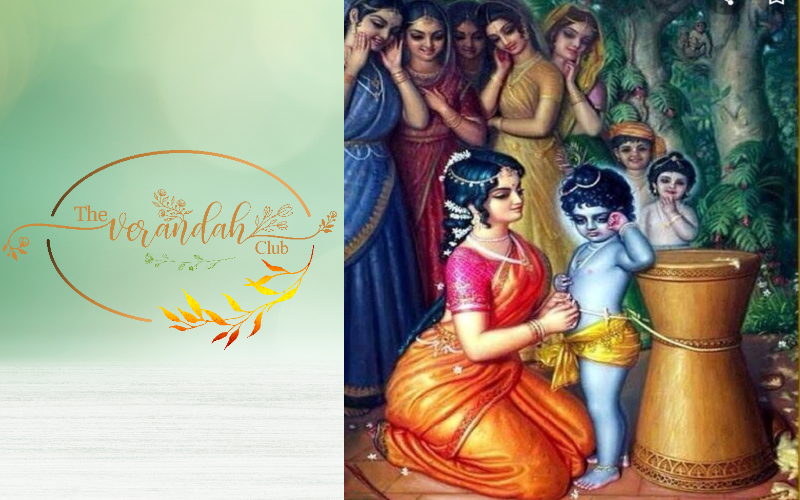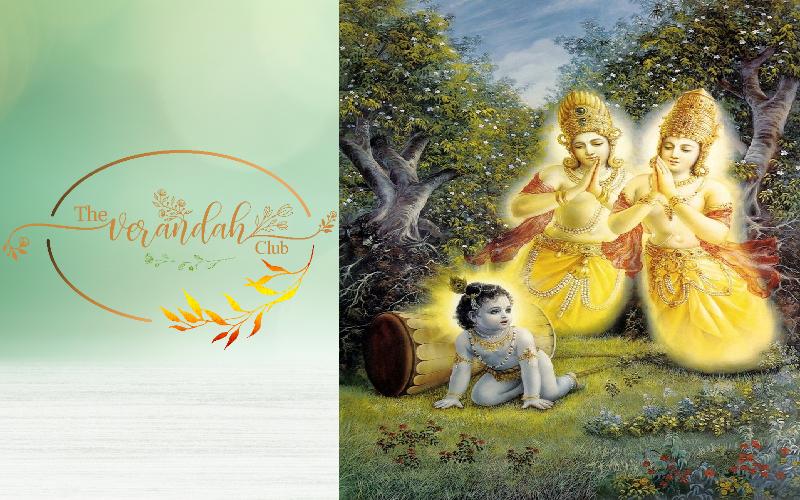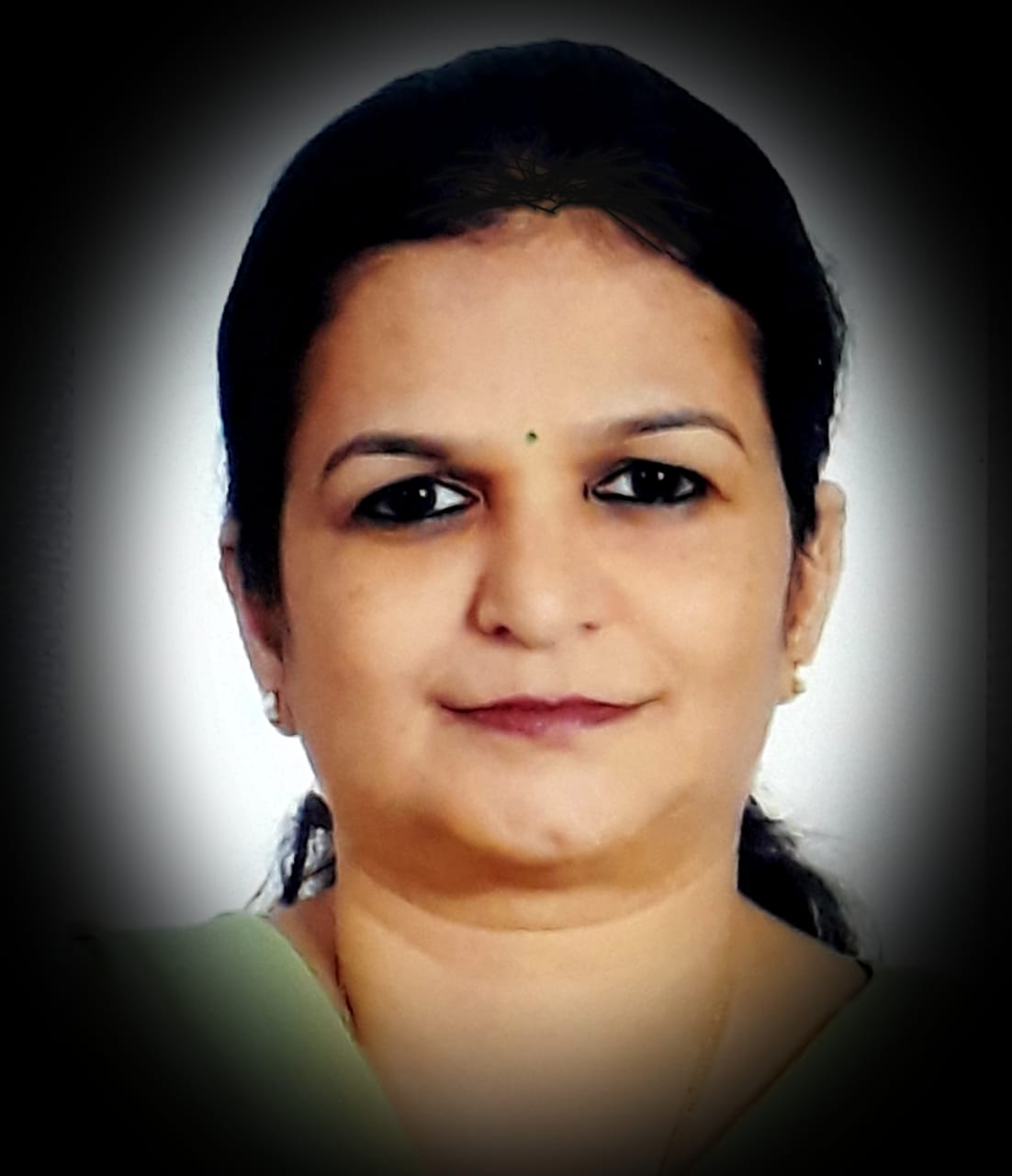
The song, ‘Enna Thavam Seidhanai’, is an adorable song that portrays the lovingly entwined relationship between the ‘Parabrahmam’ (Lord Krishna) and his doting mother Yeshodha.
The composer of the song is Papanasam Raamayya Sivam (1890-1973). He is fondly known as ‘Thamizh Thyagaiyar’. He was born on 26/9/1890 at Polagam, in Thanjavur district, which was the home to ‘The Musical Trinity’. He has composed several songs in Tamil. His compositions are simple and appeal even to those unversed in music. He used to visit the temple at Papanasam and sing his own compositions in the temple premises. Hence, people referred to him as Papanasam Sivam.
His Tamil compositions, such as, ‘Naan Oru Vilayaattu Bommaiyaa’, ‘Kaana Kan Kodi Vendum’, ‘Devi Neeyey Thunai’, ‘Pirava Varam’, ‘Manamey Kanamum’, were not only like a honey stream flowing into the ears, but they also had the in-depth meaning which touched the souls of the Rasikā-s (listeners). Since most of his songs were in luculent Tamil, they were a double treat to his audience. As they could savor the sweet music and also comprehend the lyrics.
He is well known for leading and popularizing the early morning processions through Madras Mylapore streets during the month of Mārgazhi, which is carried on by eminent artists even now. He has penned the lyrics for many Tamil movies like, ‘Ambikapathy’, ‘Chintamani’, ‘Haridas’, ‘Sivakavi’ and many more. On October 2020, Sivan Fine Arts Academy celebrated his 130th birth anniversary, and 130 musicians from across the globe rendered 130 songs composed by him.
The composer has fittingly opted for the Rāga Kāpi for composing this song. He has set it to Ādi Tāla (a rhythmic cycle of 8 beats). Kāpi Rāga may be likened to the ever-overflowing Akṣaya Pātra. The arrangement of the Svarā-s (notes) and the musical contours, both exhilarate and intrigue the listeners. This Rāga exudes with Bhakti Bhāva. The beauty of this Rāga can be fully experienced, when rendered in slow or medium speed. The Rasā of this Rāga is Devotion, sprinkled with droplets of pathos. We can also sense a feeling of imploring and yearning in this Rāga.
The songs, ‘Sāre Jahan Se Acchā’ and ‘Raghupathi Rāghava Rājāram’, which have gained nationwide prominence are also composed in this Rāga. Classic movie songs like ‘Nandā Bālā’ (meera), ‘Senthamizh Thaen Mozhiyaal’, ‘Kaadhal Chiragai’ (Paalum Pazhamum), ‘Andha Sivagami Maganidam’ (Pattinathil bootham) and also evergreen melodies such like, ‘Yeh Paadal Ondru’ (Priya), ‘Mukunda Mukunda’ (Dasavatharam), ‘Kaadhal Rojavey’ (Roja), ‘Kanne Kalaimaaney’, ‘Aalankuyil Koovum Rail’, are all based on this Rāga. Kāpi has also been utilized in many Rāgamālikā-s (a composition comprising of many Rāga-s) such as, ‘Bhaja Govindaṁ’, ‘Kurai Ondrum Illai’, ‘Maitrīṁ Bhajata’ and ‘Chinnanjiru kiliye’.

‘Enna Thavam Seidhanai Yeshodha, Engum Nirai Parabrahmam Amma Endrazhaikka…”
The poet commences the song with a tone of astonishment, and asks Mother Yashodha, what Tapas (Penance) and sacrifice she has done in her previous births for the Supreme Godhead, the All Pervading Parabrahmam, to address her as mother.
The song, ‘Enna Thavam Seidhanai’, brings forth the enchanting frolics of Balakrishna. This composition throws light on the sublime affectionate bonding between the Parabrahmam (Lord Vishnu, Krishna) and His mother Yashodha. Lord Krishna is Parabrahmam, the Supreme Absolute. Mother Yashodha is unaware that her son is the Ultimate Reality (Almighty). She treats Krishna just like any other mother would treat her child. Hence, she loves, protects, and disciplines her child in the same manner. She is oblivious to the fact that Krishna, the protector of the universe, needs no protection. The composer is amazed and reiterates, “What tapas have you done? O! mother!”
In the Anupallavi (2nd verse), the composer is astounded that how Yashodha was so fortunate, to carry in her arms, cuddle, caress, feed, and sing lullaby to the one who has created the 14 worlds. He is amazed and exclaims in the song through the line, ”O! Mother! What tapas have you done?”
Even Brahma and Indra were envious of Mother Yashodha, due to the power and control she wielded over Krishna, the Cosmic Manifestation. They were baffled, how mother Yashoda could tie Lord Krishna to a mortar, silence Him by asking Him to cover His mouth with His hands and make Him plead for mercy.
In this verse the poet recounts an anecdote from the ‘Bhagavatam’. Once, when little Krishna broke the butter pot, Mother Yashodha wanted to discipline Him. Hence, she wanted to tie Him to a mortar, but each time she tried to tie Him, the length of the rope was two inches insufficient. Yashodha joined several pieces of ropes but miraculously it was always two inches shorter. Seeing the dejected Yashodha weep, Lord Krishna voluntarily allowed Himself to be bound. This symbolizes that the Lord will surrender Himself only to Bhakti (devotion). This was how the Lord got His divine name ‘Damodhara’ (the One who has a rope tied to his waist, where ‘Dama’ means rope or cord and ‘Udhara’ means waist).

After she succeeded tying Krishna, she continued performing her household chores. Krishna toddled and reached the orchard, dragging the mortar behind Him and got it stuck between two Arjuna trees. He tugged hard and the trees got uprooted and fell down on the ground with a thunderous sound. The trees were none other than ‘Nalakuvara’ and ‘Manigriva’, the sons of Kubera who were turned into trees by a curse. By the Lord’s divine grace, they got liberated from the curse and left to their heavenly abode.
In the concluding stanza the lyricist is stupefied that even, great sages like Sanaka had to go through rigorous Tapas, Yoga, and make prodigious efforts to reach the Lord, whereas Yashodha seems to enjoy having Krishna always dancing to her tunes. Hence, he poses a query to her,
“O! pious Mother Yashodha, what Tapas did you do to achieve this?”
The poignant irony in this lyric is that the listeners are aware of the omnipotence of Krishna, whereas Mother Yashoda in her innocence plays with Him as if He is just her son. The Bhāva (the emotion and mood) of this song is similar to the Kannada song, ‘Jagadhodharana’ composed by Purandharadasar. Both the songs are composed in Kāpi Rāga.
This composition illustrates a tableau of images depicting Mother Yashodha with her beloved son. It is the popular song rendered in many concerts by numerous famous singers. The enchantment of this song transports the Rasikā-s to a stage of euphoria.

Yamuna is a resident of Coimbatore and is pursuing Hindustani vocal music under the tutelage of Shri Kedar Karatji. She also teaches bhajans and conducts English Grammar classes for school children. Her other passions are writing travelogues, playing keyboard, gardening, going on pilgrimages and exploring & enriching her knowledge through travel.
NEXT ARTICLE